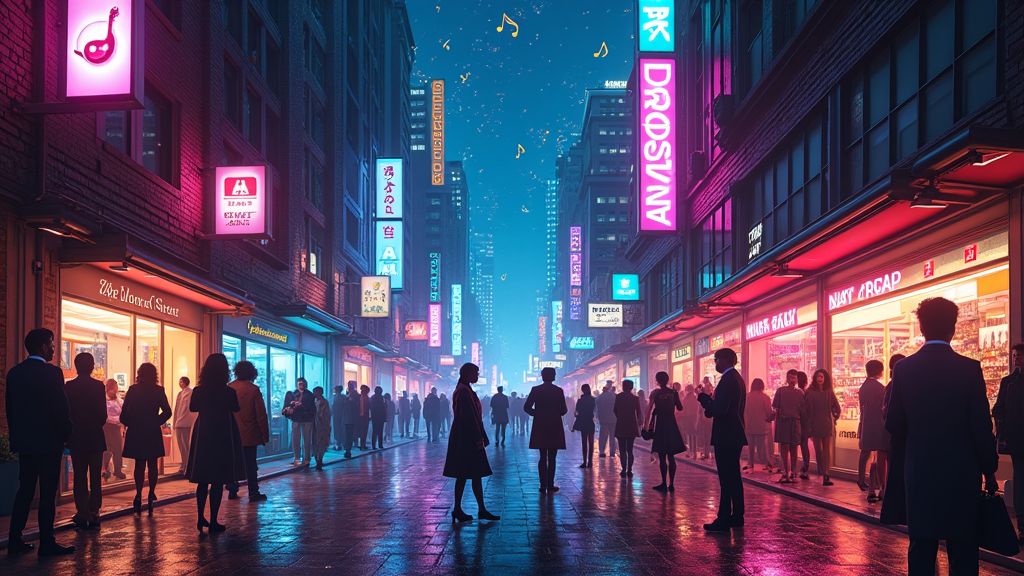Exploring the Connection Between Architecture and Film
Have you ever noticed how the intricate world of architecture often plays a starring role in your favorite films? From the futuristic landscapes of sci-fi movies to the lavish mansions of romantic dramas, the connection between architecture and film is undeniable. In this article, we will delve into the fascinating relationship between these two art forms and explore how they intersect to create visually stunning and impactful cinematic experiences.
Architecture as a Character
In many films, architecture is not just a backdrop but a character in its own right. Take, for example, the iconic Overlook Hotel in Stanley Kubrick’s ‘The Shining.’ The hotel’s grand, labyrinthine corridors and eerie interiors become central to the film’s unsettling atmosphere, almost serving as a character itself. The architecture of the Overlook Hotel is so integral to the story that it becomes a haunting presence that lingers long after the credits roll.
Influences and Inspirations
Architecture has long been a source of inspiration for filmmakers, influencing everything from set design to story development. When director Ridley Scott envisioned the futuristic world of ‘Blade Runner,’ he drew inspiration from the architecture of cities like Tokyo and Hong Kong. The towering skyscrapers, neon lights, and crowded streets of these cities served as a blueprint for the film’s iconic visual style, creating a world that feels both familiar and otherworldly.
Collaboration and Creativity
The relationship between architecture and film extends beyond mere inspiration, often leading to collaboration between architects and filmmakers. Renowned architect Frank Gehry, known for his innovative and sculptural designs, was commissioned to create the sets for the 2010 film ‘I Love You, Man.’ Gehry’s distinctive style brought a unique and modern aesthetic to the film, showcasing the power of collaboration between two creative disciplines.
From Screen to Structure
In some cases, the influence of film on architecture is even more direct. The iconic ‘Fallingwater’ house designed by architect Frank Lloyd Wright has been featured in numerous films and TV shows, becoming a symbol of modern architecture. Its striking design, which seemingly defies gravity as it hovers over a waterfall, has inspired architects and filmmakers alike, demonstrating the enduring impact of cinematic representations of architecture.
The Rise of Virtual Architecture in Film
With advancements in CGI and virtual reality, filmmakers are no longer limited to physical sets and real locations. Movies like ‘Inception’ and ‘Doctor Strange’ showcase mind-bending, impossible architecture created digitally, pushing the boundaries of traditional design. These virtual structures enable filmmakers to experiment with gravity-defying spaces and surreal visuals, adding layers of meaning to the narrative. As technology advances, virtual architecture is expected to play an even more significant role in shaping cinematic worlds.
Iconic Sets That Shaped Modern Design
Some film sets have left a lasting impression on modern architecture and interior design. The minimalist aesthetic of Stanley Kubrick’s ‘2001: A Space Odyssey’ influenced a generation of architects and designers, with its clean lines and futuristic look. Similarly, the art deco-inspired set design of ‘The Great Gatsby’ has sparked renewed interest in opulent, 1920s-inspired decor in homes and commercial spaces, demonstrating the powerful impact of film architecture on real-world design trends.
Architectural Storytelling Through Cinematography
Cinematographers often use architecture to tell stories visually, guiding the audience’s perspective and creating moods. For instance, the use of wide shots in gothic buildings in horror films like ‘The Haunting’ amplifies feelings of isolation and dread. Similarly, Wes Anderson’s symmetrical framing highlights the architectural precision of spaces, adding to the whimsical tone of his films. This technique underlines the importance of architecture in storytelling, as each structure on screen becomes a visual metaphor that enhances the narrative.
The Impact of Film Tourism on Architectural Landmarks
Many iconic architectural locations featured in films have become popular tourist destinations. Sites like the Hobbiton set in New Zealand from ‘The Lord of the Rings’ and the Villa Balbianello in Italy from ‘Casino Royale’ attract thousands of visitors each year. Film tourism not only boosts the local economy but also raises awareness of architectural heritage, turning cinematic locations into real-world landmarks that draw fans and architecture enthusiasts alike.













